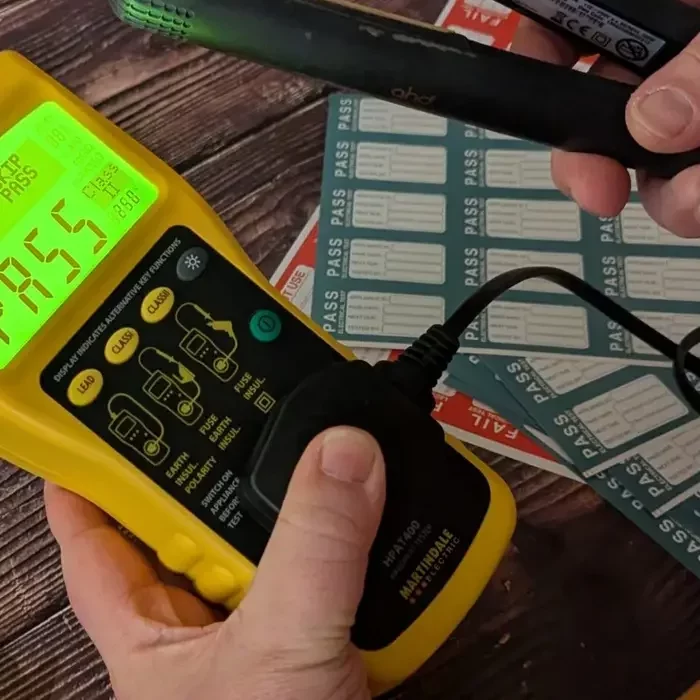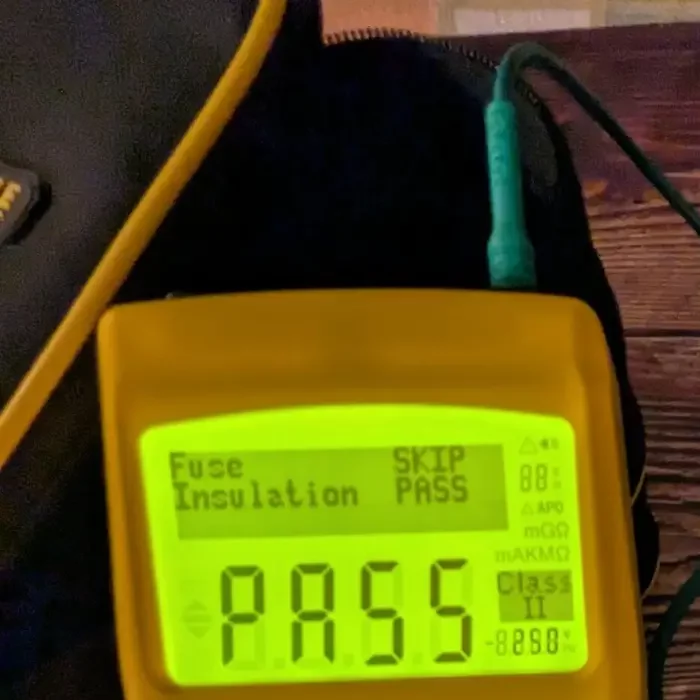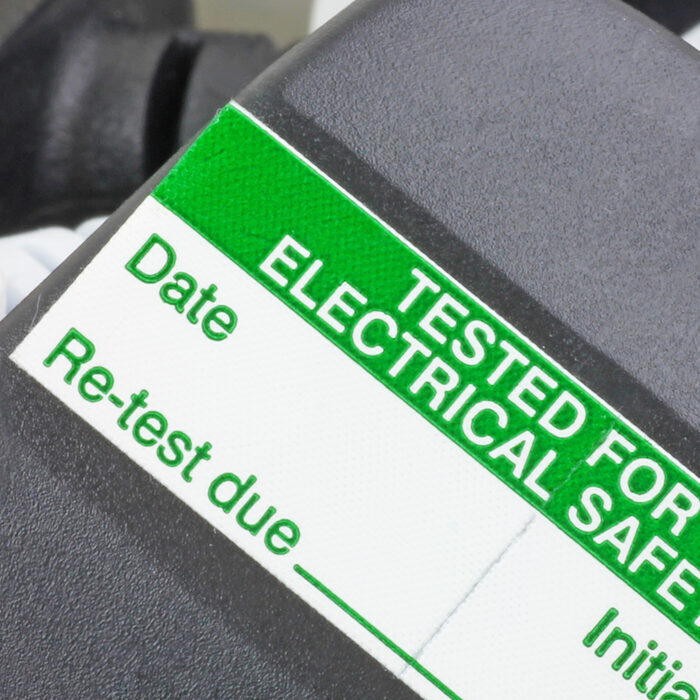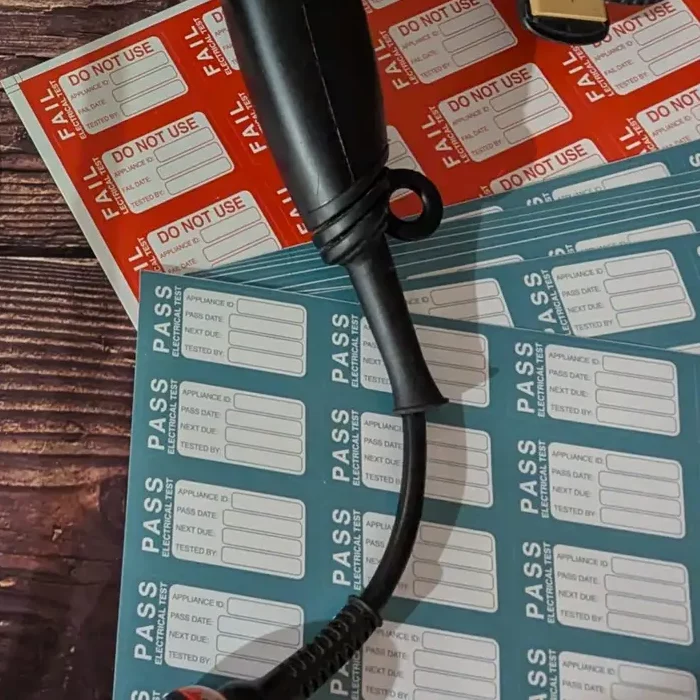
Ideal for hotels and businesses with more than 30 devices

Drop off your devices to Rob in Ardelve and pick up later or have your devices tested whilst you wait (by appointment)

Bring your devices to one of my drop-in days throughout Skye and Lochalsh and have your devices tested whilst you wait

Need to keep track of your devices? Use my asset tracking system to keep a note of when your devices were last tested.
Rob has worked within the technology industry for all of his working life.
Rob relocated to the Highlands in the summer of 2024 with his wife, Andrea, three dogs and cat
Rob operates a holiday let with Andrea in Ardelve, carries out PAT testing mainly for accommodation providers in Skye & Lochalsh along with skippering a 1979 18′ Plymouth Pilot based in on Loch Alsh.
In his spare time, Rob enjoys walking with the dogs, fishing, foraging, drawing and fly dressing.